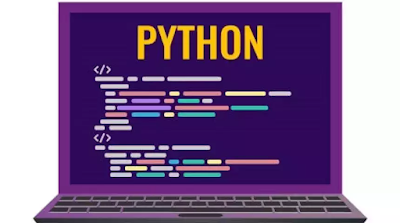
Data analytics is the process of examining, cleaning, transforming, and modeling data to discover useful information, conclude, and support decision-making. It involves the use of various techniques and tools to analyze and interpret data, uncover patterns, trends, and insights, and derive meaningful conclusions. Data analytics is widely used in various industries and sectors to gain a competitive advantage, improve business processes, and make informed decisions.
A comprehensive course guide offered by Data Analytics Training in Delhi or elsewhere typically covers a range of topics to equip individuals with the skills and knowledge needed to work in this field. Below is a suggested course guide for a comprehensive data analytics program:
-
Introduction to Data Analytics:
- Overview of data analytics and its applications.
- Understanding the data lifecycle.
- Introduction to key concepts, terminology, and tools.
-
Data Collection and Cleaning:
- Techniques for collecting and acquiring data.
- Data cleaning and preprocessing.
- Dealing with missing data and outliers.
-
Data Exploration and Descriptive Statistics:
- Exploratory Data Analysis (EDA) techniques.
- Descriptive statistics and data visualization.
- Identifying patterns and trends in data.
-
Statistical Analysis:
- Fundamentals of statistical methods.
- Hypothesis testing and confidence intervals.
- Regression analysis and correlation.
-
Introduction to Programming and Tools:
- Programming languages commonly used in data analytics (e.g., Python, R).
- Introduction to data analytics tools (e.g., Jupyter, RStudio).
-
Data Visualization:
- Principles of effective data visualization.
- Using tools like Matplotlib, Seaborn, ggplot for visualization.
-
Machine Learning Basics:
- Introduction to machine learning concepts.
- Supervised and unsupervised learning.
- Model training, evaluation, and deployment.
-
Big Data and Cloud Computing:
- Understanding big data concepts.
- Introduction to cloud platforms (e.g., AWS, Azure) for data analytics.
-
Database Management:
- Basics of database systems.
- SQL for data retrieval and manipulation.
-
Advanced Analytics Techniques:
- Time series analysis.
- Clustering and segmentation.
- Text analytics and sentiment analysis.
-
Capstone Project:
- A hands-on project where students can apply their skills to solve a real-world problem.
-
Ethics and Privacy in Data Analytics:
- Understanding the ethical considerations in data analytics.
- Privacy concerns and legal aspects of handling data.
-
Communication and Reporting:
- Communicating findings effectively through reports and visualizations.
- Presenting results to non-technical stakeholders.
-
Continuous Learning and Industry Trends:
- Staying updated on the latest trends and advancements in data analytics.
- Developing a mindset for continuous learning.
Read Also: Everything You Need To Know About Data Analytics
This comprehensive course guide provides a structured approach to learning data analytics, covering both foundational and advanced topics. It's important to note that the field of data analytics is dynamic, and individuals may need to stay updated with emerging technologies and methodologies. Practical, hands-on experience and real-world projects are crucial components of any effective data analytics course. Additionally, certifications from reputable organizations can enhance the credibility of the skills acquired through the course.



